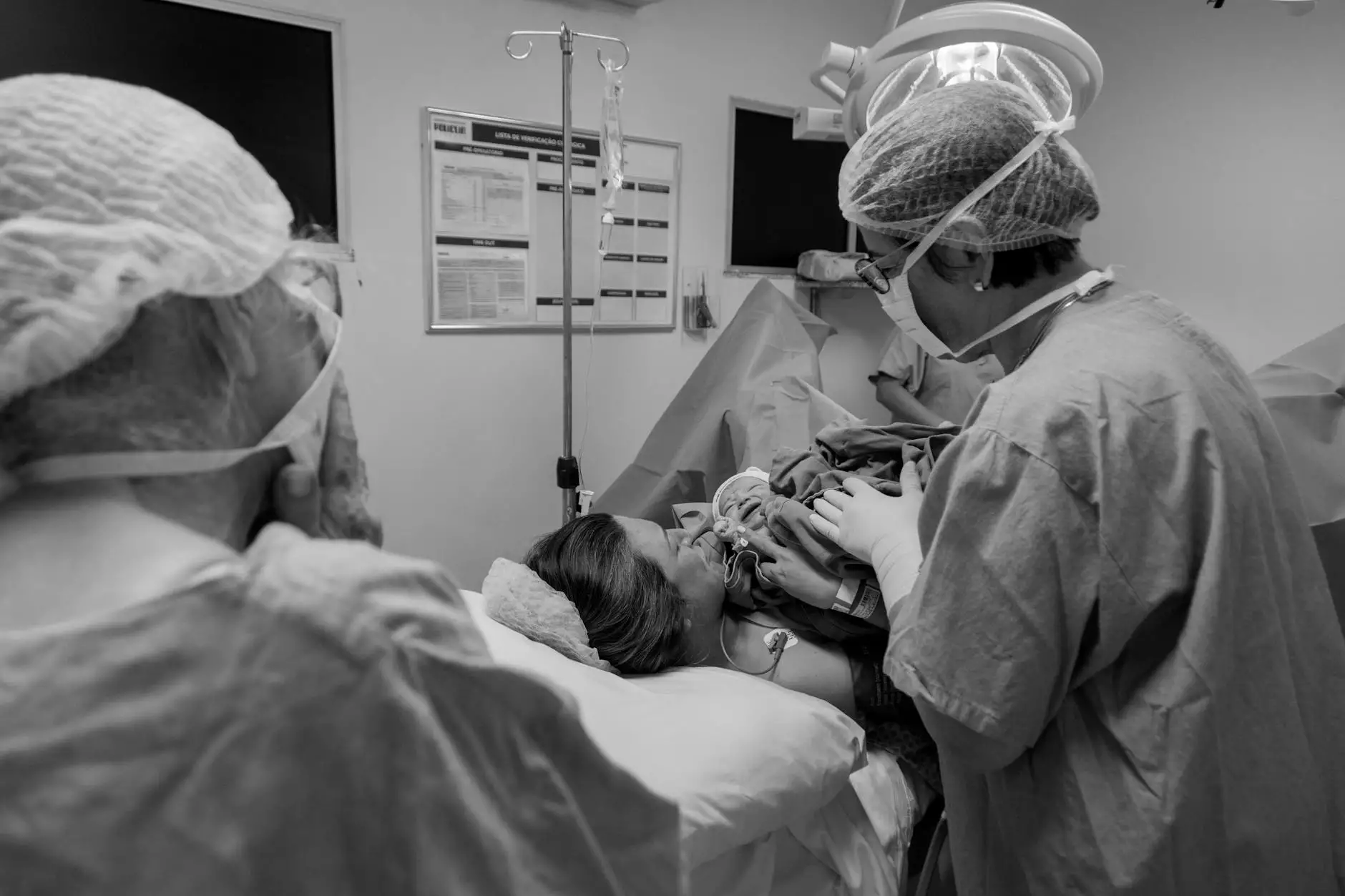Total Laparoscopic Hysterectomy Procedure: A Comprehensive Overview

The total laparoscopic hysterectomy procedure is a minimally invasive surgical technique that has transformed gynecologic surgery. This article presents a complete guide on everything related to this procedure, including its definition, benefits, risks, recovery, and expert insights on how it compares to traditional open surgeries. This guide aims not only to educate but also to help potential patients make informed decisions about their reproductive health.
Understanding Total Laparoscopic Hysterectomy
A total laparoscopic hysterectomy (TLH) involves the removal of the uterus using laparoscopic techniques. The key feature of this surgery is that it is performed through small incisions (usually 0.5 to 1 cm) in the abdomen, utilizing a camera and specialized instruments. This method contrasts with traditional hysterectomy approaches that may require larger abdominal incisions.
Indications for a Total Laparoscopic Hysterectomy
- Uterine Fibroids: Noncancerous growths in the uterus can cause significant discomfort and a range of symptoms including heavy bleeding.
- Endometriosis: A disorder in which tissue similar to the lining inside the uterus starts to grow outside of it.
- Uterine Prolapse: A condition in which the uterus slips from its normal position into the vaginal canal.
- Abnormal Bleeding: Chronic, heavy, or irregular menstruation not adequately managed by other treatments.
- Cancer: In certain diagnosed cases, hysterectomy may be required as part of the treatment plan for gynecological cancers.
Benefits of the Total Laparoscopic Hysterectomy Procedure
The total laparoscopic hysterectomy procedure offers numerous benefits over traditional surgical methods:
- Minimally Invasive: With smaller incisions, the TLH results in less tissue damage, leading to a reduced recovery time.
- Reduced Pain: Patients typically report less postoperative pain due to the smaller cuts made during surgery.
- Shortened Hospital Stay: Many patients can go home the same day or the day after surgery, significantly reducing healthcare costs.
- Quick Recovery: Most patients resume normal activities within a few weeks, as opposed to a longer recovery period with open surgeries.
- Less Scarring: As incisions are smaller, cosmetic outcomes are typically better than those from traditional surgery.
Preoperative Considerations
Before undergoing a total laparoscopic hysterectomy procedure, patients must undergo a thorough evaluation.
- Medical History: A comprehensive review of the patient’s medical history and current health status.
- Physical Examination: A thorough examination by the gynecologist, including a pelvic examination.
- Diagnostic Tests: Imaging tests such as ultrasounds or MRI may be recommended to understand the condition better.
- Discussion of Goals: An open discussion about the reasons for the surgery and what the patient hopes to achieve.
- Informed Consent: Patients will be educated about the risks, benefits, and potential complications of the surgery.
The Procedure: What to Expect
Step-by-Step Breakdown
The total laparoscopic hysterectomy procedure typically involves the following steps:
- Preparation: Patients are prepared for surgery, which may include fasting and administering anesthesia.
- Laparoscope Insertion: A small incision is made to insert a laparoscope — a thin tube with a camera — into the abdomen.
- Creating Additional Incisions: Two or three additional small incisions are made for the surgical instruments to be inserted.
- Uterus Removal: The surgeon carefully detaches the uterus, which may involve cutting tissue and blood vessels.
- Closure: Once the uterus is removed, the instruments are taken out, and the small incisions are closed with sutures or adhesive strips.
Risks and Complications
While the total laparoscopic hysterectomy procedure is generally safe, there are potential risks involved, including:
- Infection: At the site of incisions or internally.
- Bleeding: Possible bleeding that may require additional surgical intervention.
- Organ Injury: Accidental injury to surrounding organs such as the bladder or bowel.
- Thromboembolic Events: Risk of blood clots forming in the veins.
- Persistent Symptoms: In some cases, symptoms may persist post-surgery.
Postoperative Care and Recovery
Following the total laparoscopic hysterectomy procedure, patients will require specific postoperative care to ensure a smooth recovery:
- Pain Management: Prescription or over-the-counter pain relievers will help manage discomfort.
- Activity Restrictions: Patients should avoid strenuous activities for several weeks.
- Follow-Up Appointments: Regular check-ins with the healthcare provider to monitor recovery progress.
- Hygiene and Incision Care: Proper care of incisions is crucial to prevent infections.
- Watch for Symptoms: Awareness of unusual symptoms such as excessive bleeding or fever is essential.
Long-Term Outlook After Hysterectomy
Most women find significant improvements in quality of life following a total laparoscopic hysterectomy procedure. Issues such as heavy menstrual bleeding, pelvic pain, and other symptoms are often resolved. However, patients should be aware of potential hormonal changes if the ovaries are removed and may need hormone replacement therapy.
Conclusion
The total laparoscopic hysterectomy procedure is a remarkable advancement in gynecologic surgery that offers numerous benefits over traditional methods. With its minimally invasive nature, it reduces recovery times and postoperative pain while providing effective solutions for various gynecological conditions. For women considering this operation, consulting with a qualified specialist, such as those at drseckin.com, can provide the necessary guidance and support for optimal outcomes. Armed with the right information and expert care, patients can take confident steps towards a healthier future.









